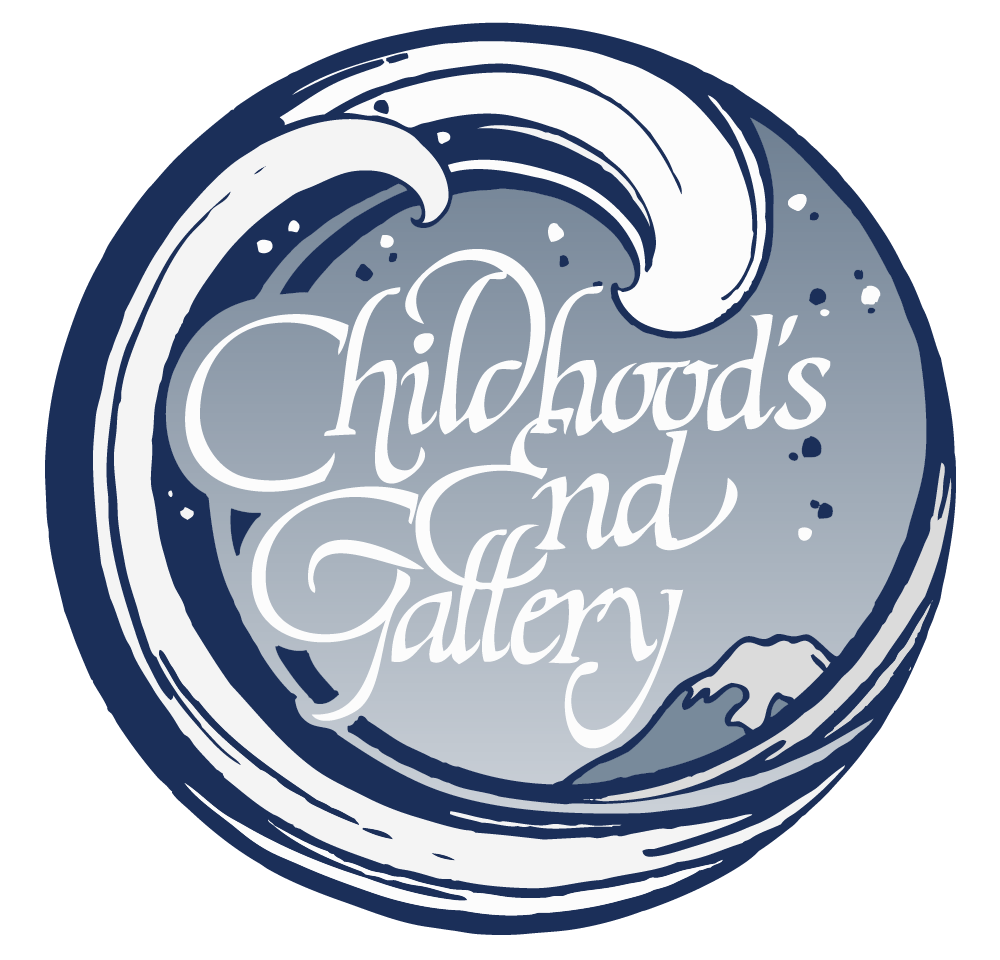Shari Bray
 It took a long time for me to "find myself" as an artist. Along the way my perspective was shaped by a lifelong exposure to many cultures and art forms. I grew up in a military family, traveled and lived across the United States and in Europe. I graduated from the University of California at Davis with a BA in studio arts, with a double emphasis in oil painting and ceramic sculpture. After I graduated, I got a corporate job and did not make art for a couple decades. Fortunately, I fell in with some potters in Las Vegas, where I lived at the time, and rekindled my love of clay. I have continued to travel as an adult and I try to absorb some of the imagery from all of the places I visit.
It took a long time for me to "find myself" as an artist. Along the way my perspective was shaped by a lifelong exposure to many cultures and art forms. I grew up in a military family, traveled and lived across the United States and in Europe. I graduated from the University of California at Davis with a BA in studio arts, with a double emphasis in oil painting and ceramic sculpture. After I graduated, I got a corporate job and did not make art for a couple decades. Fortunately, I fell in with some potters in Las Vegas, where I lived at the time, and rekindled my love of clay. I have continued to travel as an adult and I try to absorb some of the imagery from all of the places I visit.
My history has shaped my experience and approach. I tend to be very eclectic. I use many different clay-making and finishing techniques and incorporate a variety of subject images. I make it a point to learn a technique and then try to find my own voice using that technique.
The pieces included in this show are raku. They are made from low-fire raku clay, formed into tiles, and fired once in an electric kiln to make them durable enough to be glazed. Then I apply a crackle glaze and fire them in my gas-fired raku kiln. The work is fired to 1828 degrees Fahrenheit, pulled out of the kiln when they reach temperature (using metal tongs to extract them while they are still red hot), and plunged into a mixture of newspaper and sawdust to burn/smoke. Where there is glaze on the tile, there is a rich, beautiful crackle finish, and where there is no glaze, the clay is impregnated with carbon, creating the effect of a drawing.
Beyond the technical challenges of melting glazes and managing the possibility of thermal shock for pieces quickly heated and cooled, I love the ancient look of the raku ware. I enjoy the feeling of success of overcoming the struggle of trying to control a firing process that others have said was not controllable. I think I also relate to the journey of the ware, through the intensity of the fire-y process with the very real possibility of destruction, and coming out a beautiful art piece at the end. Not every piece makes it, but those that do seem more precious as a result.
Raku offers a weathered beauty that I find absolutely compelling.
My history has shaped my experience and approach. I tend to be very eclectic. I use many different clay-making and finishing techniques and incorporate a variety of subject images. I make it a point to learn a technique and then try to find my own voice using that technique.
The pieces included in this show are raku. They are made from low-fire raku clay, formed into tiles, and fired once in an electric kiln to make them durable enough to be glazed. Then I apply a crackle glaze and fire them in my gas-fired raku kiln. The work is fired to 1828 degrees Fahrenheit, pulled out of the kiln when they reach temperature (using metal tongs to extract them while they are still red hot), and plunged into a mixture of newspaper and sawdust to burn/smoke. Where there is glaze on the tile, there is a rich, beautiful crackle finish, and where there is no glaze, the clay is impregnated with carbon, creating the effect of a drawing.
Beyond the technical challenges of melting glazes and managing the possibility of thermal shock for pieces quickly heated and cooled, I love the ancient look of the raku ware. I enjoy the feeling of success of overcoming the struggle of trying to control a firing process that others have said was not controllable. I think I also relate to the journey of the ware, through the intensity of the fire-y process with the very real possibility of destruction, and coming out a beautiful art piece at the end. Not every piece makes it, but those that do seem more precious as a result.
Raku offers a weathered beauty that I find absolutely compelling.










